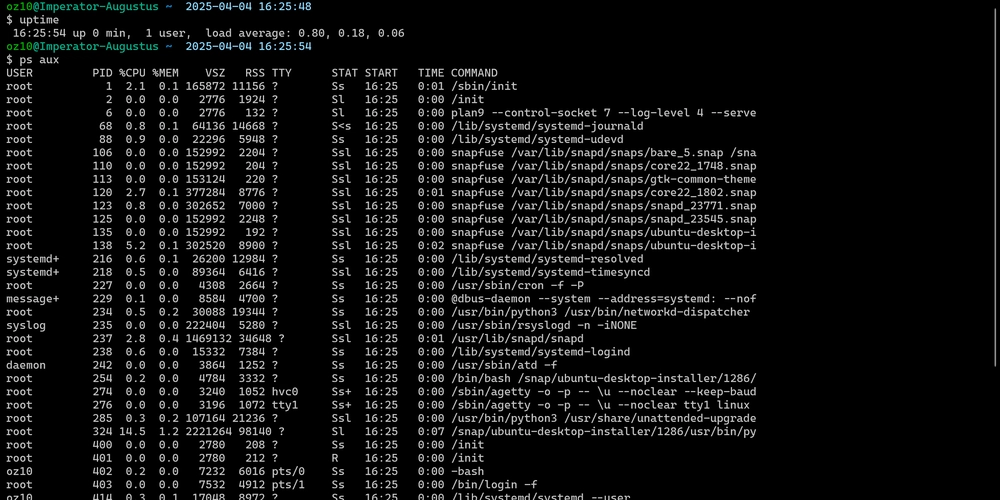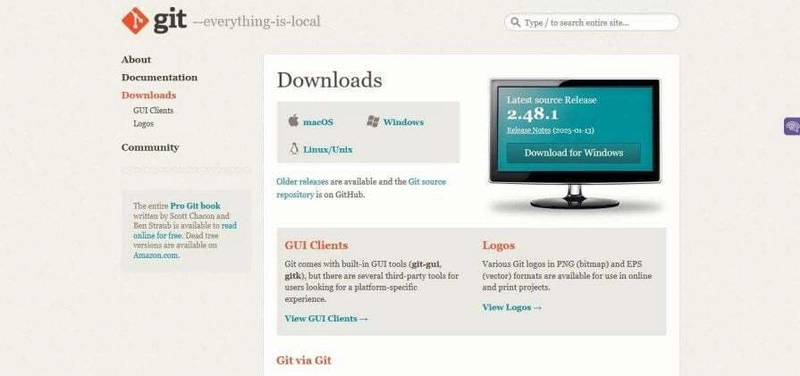The Most Useless Features You’ve Ever Built (And Why It Happened)
Every developer, at some point, has built a feature so useless, so completely unnecessary, that they’ve questioned their entire career. Maybe it was an overcomplicated dark mode toggle. Maybe it was an AI-powered “Hello World” generator. Maybe it was that one button the CEO insisted on having, even though nobody—not even the CEO—knew what it was supposed to do. Useless features don’t happen by accident. They are designed, developed, and deployed with full commitment. Let’s break down how it happens—and how to stop it before your product turns into a bloated Frankenstein’s monster. ⸻ Step 1: The ‘Wouldn’t It Be Cool If…’ Moment It always starts the same way. Someone—usually not a developer—gets a vision. “Wouldn’t it be cool if our login page had a 3D animated background?” “What if users could upload custom profile songs, like MySpace?” “What if our app had a built-in social network?” (Your app sells insurance, by the way.) There is no market research. No user demand. Just vibes. ⸻ Step 2: The Stakeholder Who Won’t Let It Go This is when a manager, a product owner, or—heaven help you—the CEO latches onto the idea like a barnacle. “I really think we need this.” “I just feel like users would love it.” “Our competitor has something kinda like this.” At this point, logical arguments are useless. You are now on the Feature Death March. ⸻ Step 3: The Dev Team’s Silent Resistance Developers know this is a terrible idea. But instead of fighting it, they: Ask vague clarifying questions, hoping it dies in a meeting. Say, “We’ll need to research feasibility,” and never bring it up again. Delay it behind actual priorities, hoping stakeholders forget. This strategy works… sometimes. But if the feature makes it past this stage, it’s game over. ⸻ Step 4: The Forced Implementation Now you actually have to build the thing. Requirements are nonexistent (“Just make it intuitive”). Design mocks are inconsistent (“Here are five different versions; pick one”). The deadline is yesterday. You piece it together. It’s ugly. It barely works. But hey, it’s functional (kinda). ⸻ Step 5: The Grand Launch (That Nobody Cares About) After weeks (or months) of development, the feature finally ships. The product team celebrates. The devs cry inside. And then…
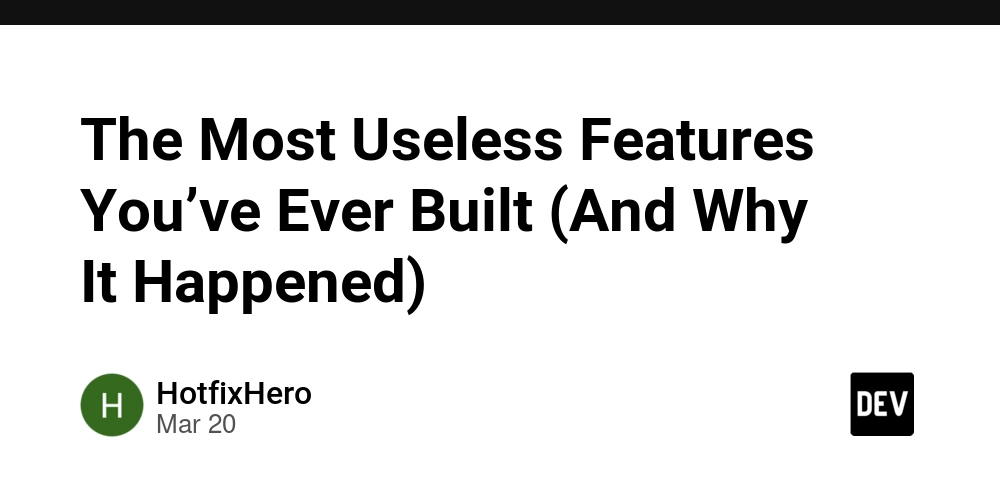
Every developer, at some point, has built a feature so useless, so completely unnecessary, that they’ve questioned their entire career. Maybe it was an overcomplicated dark mode toggle. Maybe it was an AI-powered “Hello World” generator. Maybe it was that one button the CEO insisted on having, even though nobody—not even the CEO—knew what it was supposed to do.
Useless features don’t happen by accident. They are designed, developed, and deployed with full commitment. Let’s break down how it happens—and how to stop it before your product turns into a bloated Frankenstein’s monster.
⸻
Step 1: The ‘Wouldn’t It Be Cool If…’ Moment
It always starts the same way. Someone—usually not a developer—gets a vision.
- “Wouldn’t it be cool if our login page had a 3D animated background?”
- “What if users could upload custom profile songs, like MySpace?”
- “What if our app had a built-in social network?” (Your app sells insurance, by the way.)
There is no market research. No user demand. Just vibes.
⸻
Step 2: The Stakeholder Who Won’t Let It Go
This is when a manager, a product owner, or—heaven help you—the CEO latches onto the idea like a barnacle.
- “I really think we need this.”
- “I just feel like users would love it.”
- “Our competitor has something kinda like this.”
At this point, logical arguments are useless. You are now on the Feature Death March.
⸻
Step 3: The Dev Team’s Silent Resistance
Developers know this is a terrible idea. But instead of fighting it, they:
- Ask vague clarifying questions, hoping it dies in a meeting.
- Say, “We’ll need to research feasibility,” and never bring it up again.
- Delay it behind actual priorities, hoping stakeholders forget.
This strategy works… sometimes. But if the feature makes it past this stage, it’s game over.
⸻
Step 4: The Forced Implementation
Now you actually have to build the thing.
- Requirements are nonexistent (“Just make it intuitive”).
- Design mocks are inconsistent (“Here are five different versions; pick one”).
- The deadline is yesterday.
You piece it together. It’s ugly. It barely works. But hey, it’s functional (kinda).
⸻
Step 5: The Grand Launch (That Nobody Cares About)
After weeks (or months) of development, the feature finally ships. The product team celebrates. The devs cry inside. And then…













































































































































































![[The AI Show Episode 142]: ChatGPT’s New Image Generator, Studio Ghibli Craze and Backlash, Gemini 2.5, OpenAI Academy, 4o Updates, Vibe Marketing & xAI Acquires X](https://www.marketingaiinstitute.com/hubfs/ep%20142%20cover.png)














































































































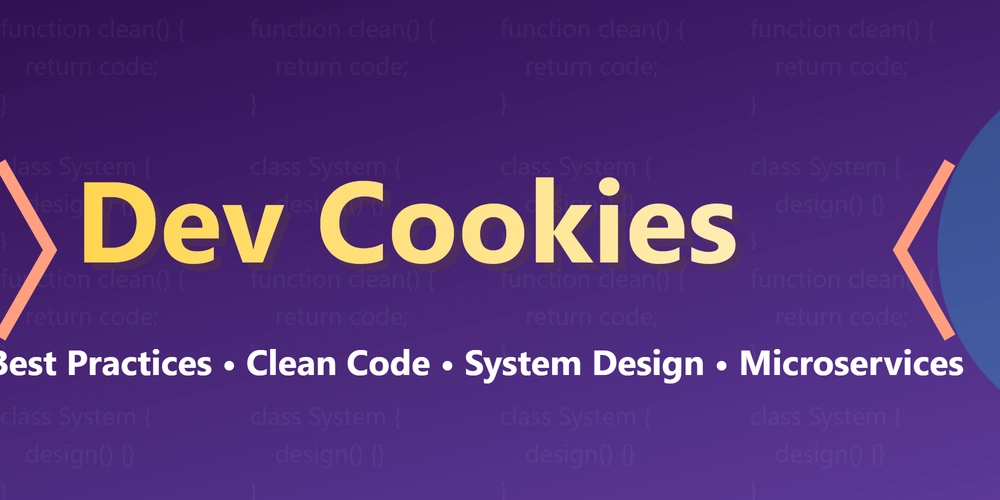

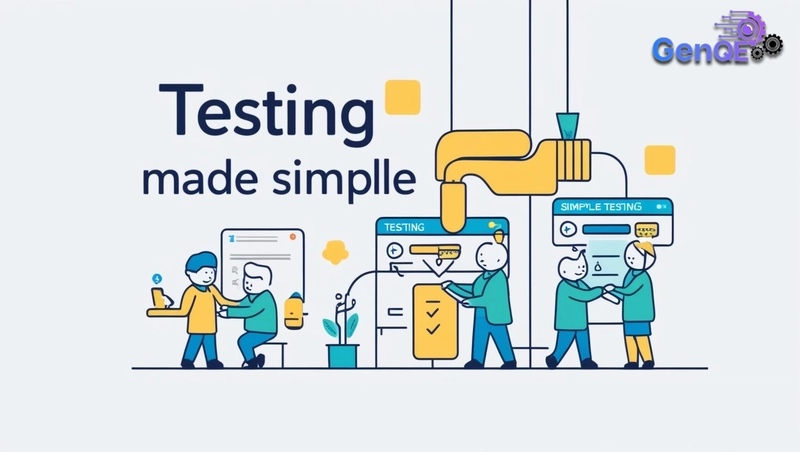
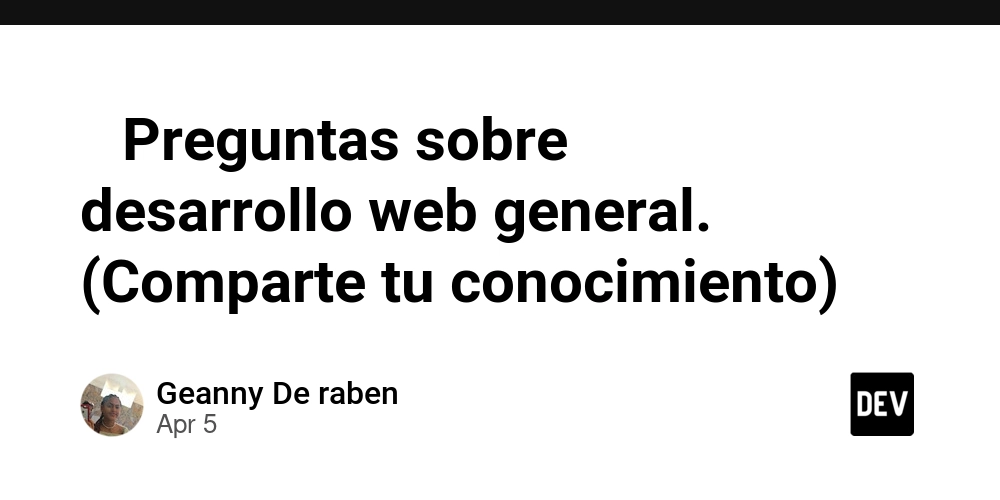









![[FREE EBOOKS] The Kubernetes Bible, The Ultimate Linux Shell Scripting Guide & Four More Best Selling Titles](https://www.javacodegeeks.com/wp-content/uploads/2012/12/jcg-logo.jpg)



![From drop-out to software architect with Jason Lengstorf [Podcast #167]](https://cdn.hashnode.com/res/hashnode/image/upload/v1743796461357/f3d19cd7-e6f5-4d7c-8bfc-eb974bc8da68.png?#)





































































































.png?#)





.jpg?#)
































_Christophe_Coat_Alamy.jpg?#)










































































































![Rapidus in Talks With Apple as It Accelerates Toward 2nm Chip Production [Report]](https://www.iclarified.com/images/news/96937/96937/96937-640.jpg)



































































































































